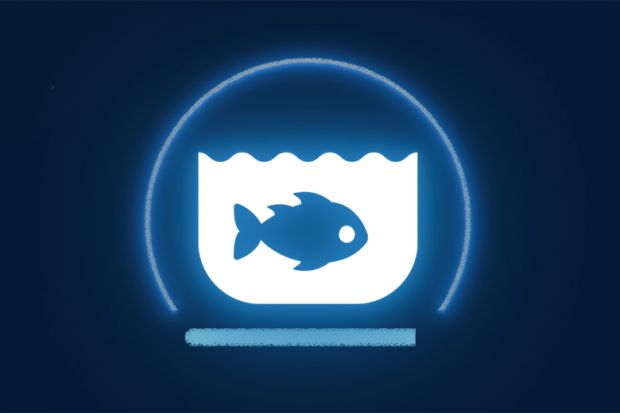Browse the full results of the Impact Rankings 2024
This ranking explores universities’ research on life below water and their education on and support for aquatic ecosystems.
View the methodology for the Impact Rankings 2024 to find out how these data are used in the overall ranking.
Metrics
Research on life below water (27%)
- Proportion of papers in the top 10 per cent of journals as defined by Citescore (10%)
- Field-weighted citation index of papers produced by the university (10%)
- Number of publications (7%)
This focuses on research that is relevant to life below water. The field-weighted citation index is a subject-normalised score of the citation performance of publications.
The data are provided by Elsevier’s Scopus dataset, based on a query of keywords associated with SDG 14 (life below water) and supplemented by additional publications identified by artificial intelligence. The dataset includes all indexed publications between 2018 and 2022. The data are normalised across the range using Z-scoring.
Supporting aquatic ecosystems through education (15.3%)
- Educational programmes on freshwater ecosystems for local or national communities (5.1%)
- Educational or outreach programmes on sustainable management of fisheries, aquaculture and tourism for local or national communities (5.1%)
- Outreach activities to raise awareness about overfishing, unregulated fishing and destructive fishing practices (5.1%)
The evidence was provided directly by universities, evaluated and scored by THE and not normalised.
Supporting aquatic ecosystems through action (19.4%)
- Support or organise events aimed at promoting conservation and sustainable use of bodies of water (4.85%)
- Policy to ensure that seafood on campus is sustainably harvested (4.85%)
- Maintain and extend existing ecosystems and their biodiversity, either through research or engagement with industry (4.85%)
- Work on technologies or practices to help marine industry prevent damage to aquatic ecosystems (4.85%)
The evidence was provided directly by universities, evaluated and scored by THE and not normalised.
Water-sensitive waste disposal (19.3%)
- Water quality standards and guidelines for water discharges (6.45%)
- Plan to reduce plastic waste on campus (6.45%)
- Policy preventing and reducing marine pollution (6.4%)
The evidence was provided directly by universities, evaluated and scored by THE and not normalised.
Maintaining a local ecosystem (19%)
- Plan to minimise physical, chemical and biological alterations of aquatic ecosystems (3.8%)
- Monitor health of aquatic ecosystems (3.8%)
- Develop and support programmes and incentives that encourage good aquatic stewardship (3.8%)
- Collaborate with local community to maintain shared aquatic ecosystems (3.8%)
- Watershed management strategy based on diversity of aquatic species (3.8%)
The evidence was provided directly by universities, evaluated and scored by THE and not normalised.
Evidence
When we ask about policies and initiatives – for example, the existence of mentoring programmes – our metrics require universities to provide the evidence to support their claims. In these cases, we give credit for the evidence, and for the evidence being public. These metrics are not usually size-normalised.
Evidence is evaluated against a set of criteria and decisions are cross-validated where there is uncertainty. Evidence need not be exhaustive – we are looking for examples that demonstrate best practice at the institutions concerned.
Time frame
In general, the data used refer to the closest academic year to January to December 2022. The date range for each metric is specified in the full methodology document.
Exclusions
The ranking is open to any university that teaches at either undergraduate or postgraduate level. Although research activities form part of the methodology, there is no minimum research requirement for participation.
THE reserves the right to exclude universities that it believes have falsified data, or are no longer in good standing.
Data collection
Institutions provide and sign off their institutional data for use in the rankings. On the rare occasions when a particular data point is not provided, we enter a value of zero.
Register to continue
Why register?
- Registration is free and only takes a moment
- Once registered, you can read 3 articles a month
- Sign up for our newsletter
Subscribe
Or subscribe for unlimited access to:
- Unlimited access to news, views, insights & reviews
- Digital editions
- Digital access to THE’s university and college rankings analysis
Already registered or a current subscriber? Login
